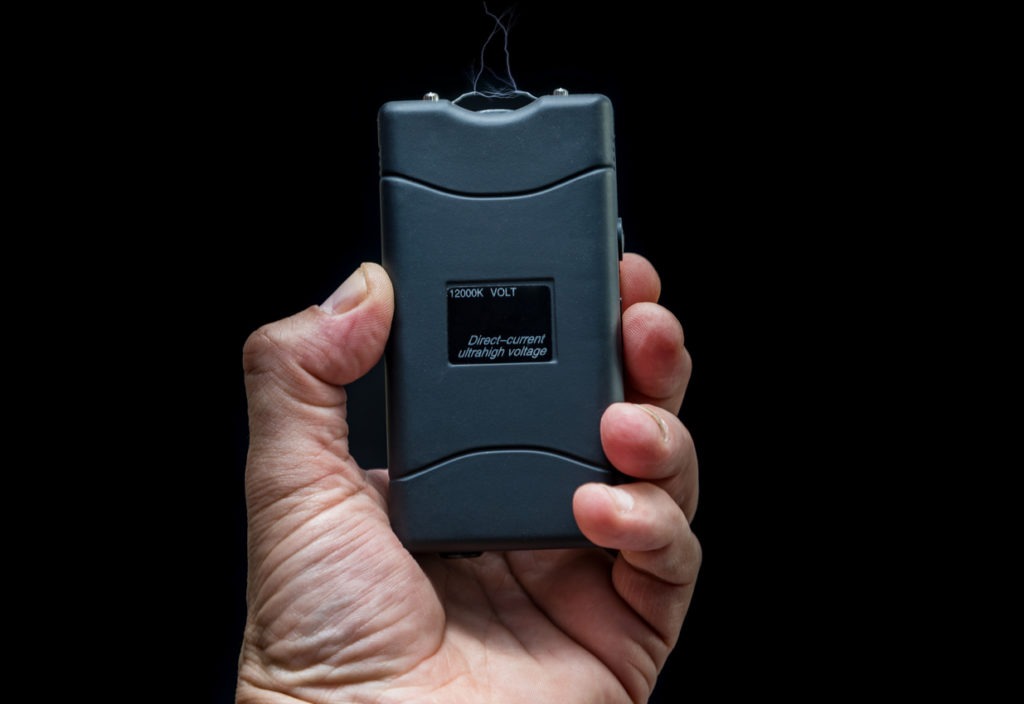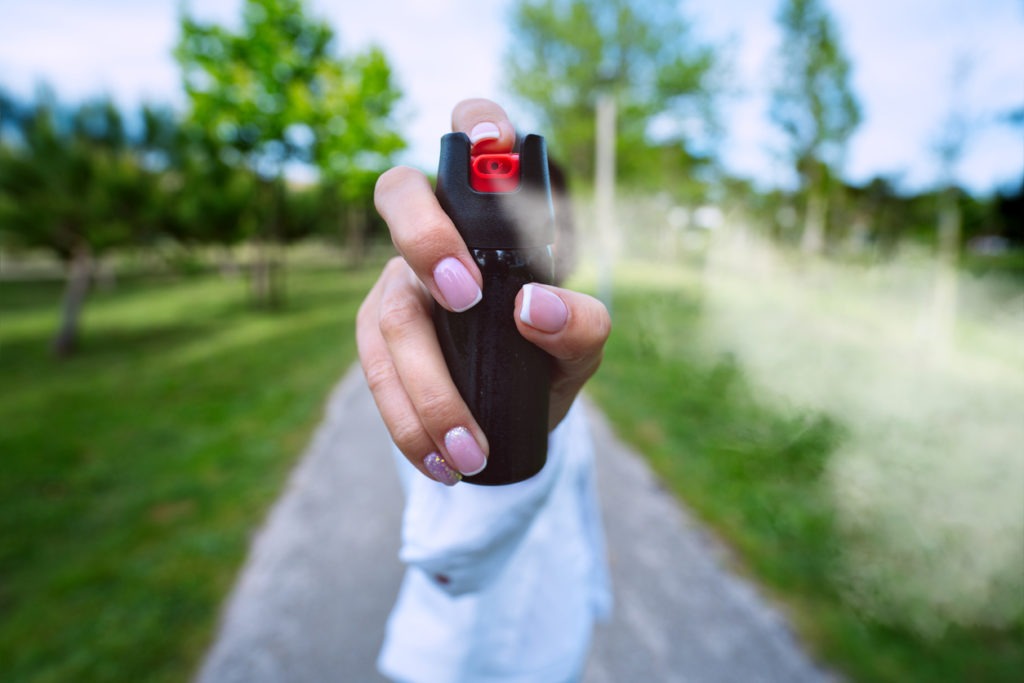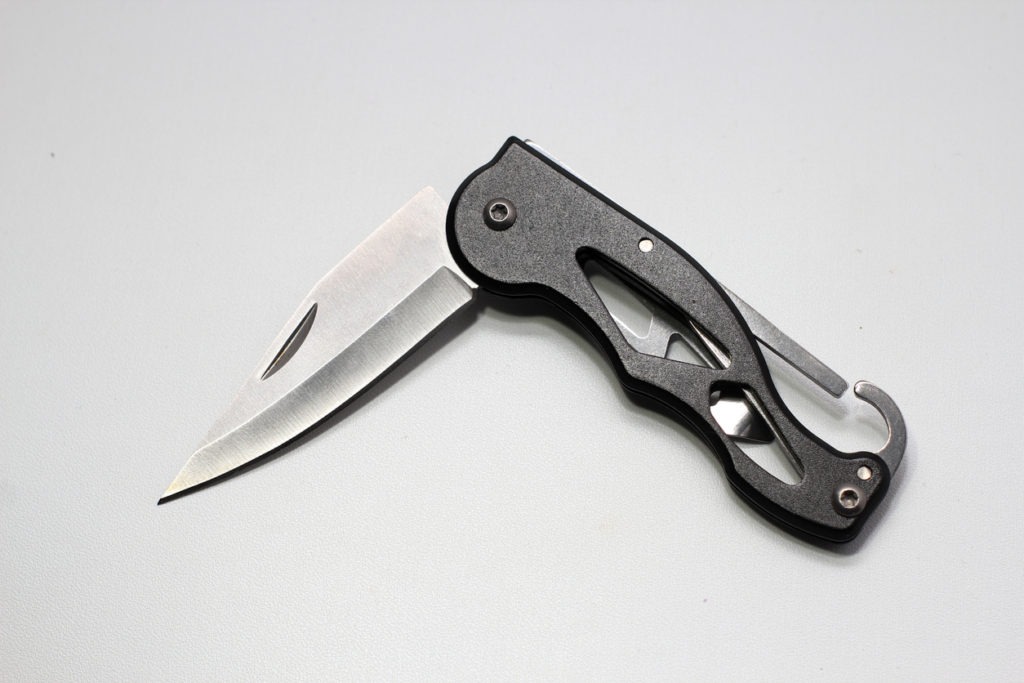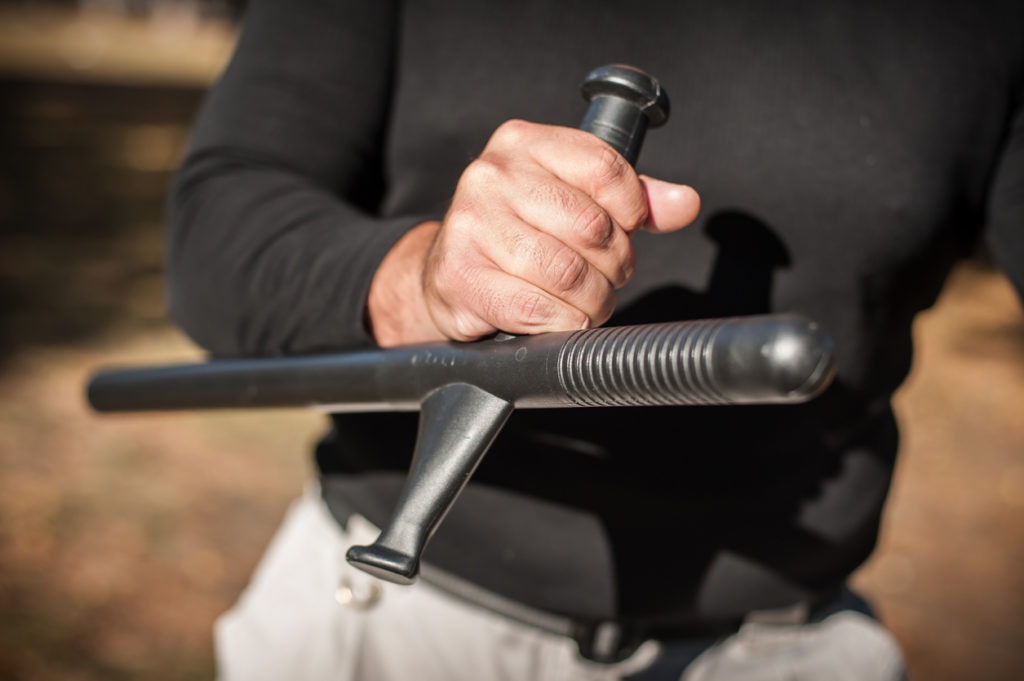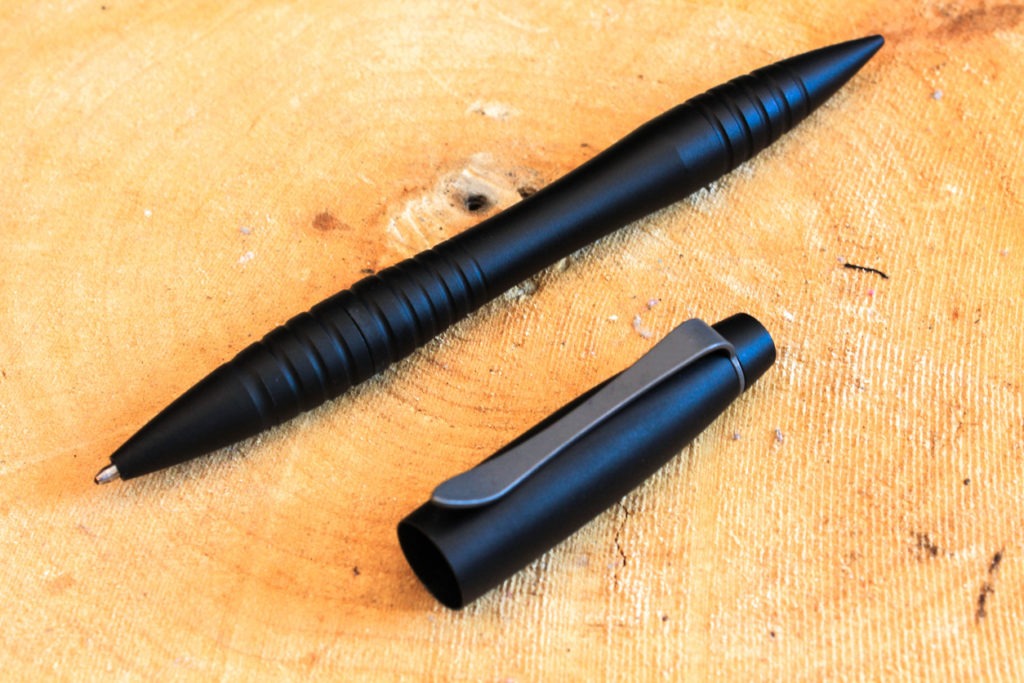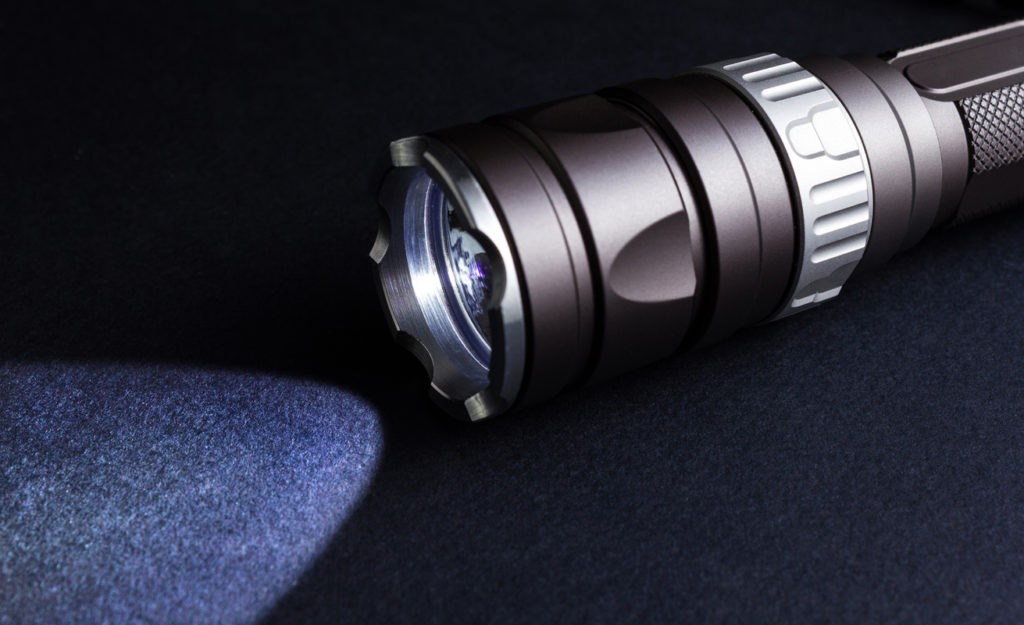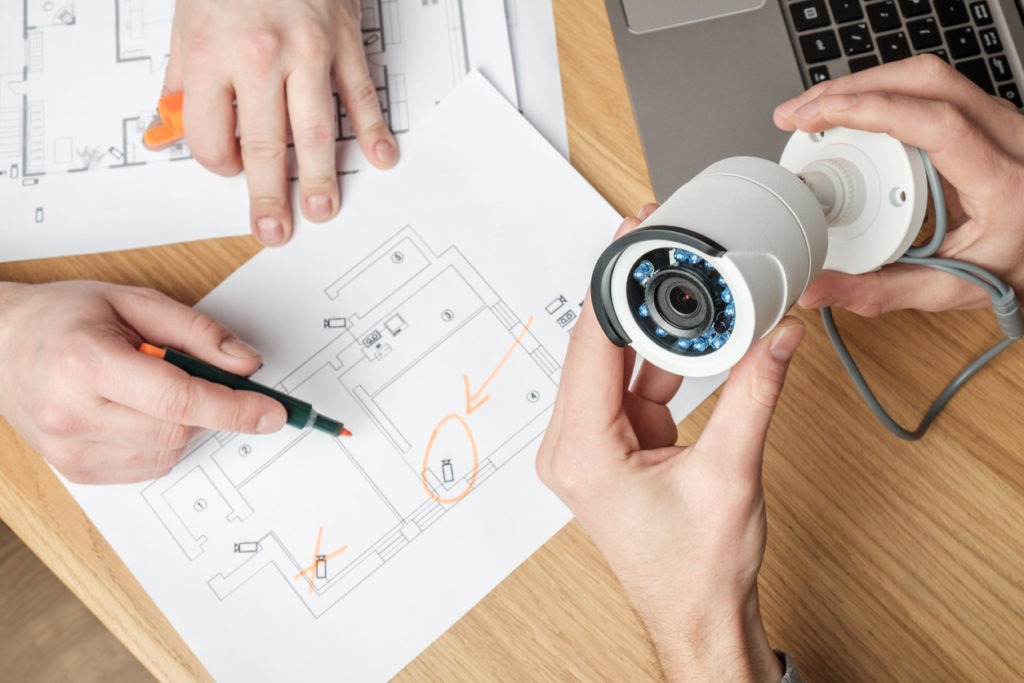As time passes, the world is becoming more dangerous for everyone—no matter where we are. That’s why one of the people’s top goals regarding home security is to keep intruders out. It’s because the whole family is safer when intruders cannot get into the house in the first place. But what happens if an intruder does get inside? The question then becomes, how can you keep yourself and your family safe if someone breaks into your home?
If someone breaks into your home, it’s important not to confront the intruder. Stay put and call the police immediately if you can. It’s because you’re not sure what weapon they have, and you’re also not sure about their state of mind. Therefore, it’s best not to risk confronting that person. It is also important to have a plan if the intruder goes to different parts of your house, especially in bedrooms where other family members are. Aside from learning self-defense skills, it is also essential to own self-defense tools.
When we talk about self-defense tools, we’re not talking about guns or other weapons that can be used to hurt someone. We’re talking about pepper spray and stun guns — defensive weapons you can use to protect yourself without causing serious injuries. This article will give some ideas about self-defense tools and how to keep your home safe by installing home security equipment.
Different Types of Self-Defense Tools
Self-defense tools are an important part of every person’s life. They help you feel safe and protected in your home, work, or other places where you may find yourself in a dangerous situation. Here are some of the most common self-defense tools:
Taser or Stun Gun
Tasers and stun guns are popular tools when it comes to self-defense. They are nonlethal weapons that can be used to protect your home, but they also have some drawbacks. Tasers can limit the muscle control of an intruder for some time, allowing you to escape and get some help. However, you need to reach your attacker to use a taser on them, which may not be easy if the person has a ranged weapon or is a skilled fighter.
Pepper Spray
In addition to tasers and stun guns, pepper spray is a popular self-defense tool. It’s popularly used by people who go out often, but it can also be a terrific home defense weapon. Most of the pepper spray you find ranges about 3 meters or 10 feet. This means it can help level the playing field if an intruder carries a weapon. Pepper sprays are also non-lethal but debilitating—meaning they can give you time to get away from the intruder to get some help. However, the downside of using pepper spray for self-defense is that you’re also at risk of getting some of it in your own eyes or skin if it’s windy or if your fan at home is turned on.
Knife
It’s also great to have some knives for self-defense, as they are very effective in deterring and warding off intruders. They can also work well in small quarters. However, knives, just like tasers, also have a short range. It means that you need to get right up close to your attacker. It can be dangerous if you do not have skills in hand-to-hand combat and your attacker is skilled.
Baton
Batons are commonly used by law enforcement. They are small tools but extremely useful when it comes to self-defense. If you have a baton at home, you can use that in case of physical fighting. However, to use it effectively, you must have the strength and agility to swing it at your attacker. It is also advantageous to have this tool when the intruder is unarmed. But keep in mind that if you get into a physical confrontation with an attacker, you are in a dangerous situation. Also, using a baton can cause permanent damage to your attacker.
Baseball Bat
If you do not have a baton at home but a baseball bat, then you can also use that as a self-defense tool. Most households, especially those who are into sports, have baseball bats. If an intruder breaks into your house, you can grab a baseball bat and use it for self-defense. It’s because baseball bats have good weight and range to ward off an attacker. If the intruder approached you to do some harm and saw you swinging a bat at him, he’d probably turn around and leave. However, baseball bats cannot work well in narrow hallways and in doorways because they are too long.
Tactical Pen
It’s also great to have some knives for self-defense. They are very effective in deterring and warding off intruders. They can also work well in small quarters. However, knives, like tasers, have a short range of five to ten feet. It means that you need to get right up close to your attacker. It can be dangerous if you don’t have skills when it comes to hand-to-hand combat, and your attacker does.
Powerful Flashlight
Suppose you don’t want to inflict physical damage on the intruder or are looking for something that will help you make a quick getaway. In that case, a powerful flashlight can be a useful tool. Flashlights range from everyday carry flashlights to flashlights that emit 1000 lumens of blinding light—more than enough to disorient anyone temporarily. Some also have strobe features for added effectiveness. Best of all, you don’t have to go near the intruder for it to be effective!
Consider Installing Home Safety and Security System
Many home-defense tools can be used even when you’re asleep or away from home. A good one is security alarm systems. You can find ones that monitor your entire house and its surroundings for suspicious activity. The best ones set off loud alarms, call specific phone numbers or play a recorded message if an intruder outsmarts the sensor. And if you activate it yourself via a panic button, some units will let you do that.
Things to Consider When Looking for Home Safety and Security Equipment
Knowing where to start can be difficult when deciding on home safety and security equipment. There are so many options and so much information it can be overwhelming.
But don’t worry! We’ve done the research for you. Here’s a rundown of the top 3 things you should consider when choosing your home safety and security equipment:
- Budget: The first thing to consider is your budget. Do you want to invest in expensive, cutting-edge tech? Or do you want something that’s more affordable and does the job?
- What kind of lifestyle do you lead?: Are there people coming and going from your house all day long? Or do you live alone? How much time will be spent in each area (like the living room) where your equipment will be installed? These questions will help determine what system might work best for your home.
- Security level: How much privacy do you need? Do you have an alarm system already in place, or would one be helpful? Is there a chance someone could break into your house through an open window or door? All these factors determine which security measures will work best for your needs.
Safety and Security Essentials for Every Home
Even though you might think it’s unlikely that a burglar, fire, or emergency will occur, it’s always better to be prepared. As the saying goes, prevention is better than cure. That’s why we’re here to help you feel more secure and safe by listing down these safety essentials that your home needs.
1. Fire Alarms and Smoke Detectors
A working smoke detector or fire alarm in your home would be best. There should be one on each floor and outside each sleeping area. Always ensure that you maintain its battery by changing it when needed; most models need changing after ten years. Experts say those smoke detectors should be tested monthly to ensure they work fine.
2. Fire Extinguishers
It would be best to keep fire extinguishers in the kitchen, on the second floor, in your bedroom, near a fireplace, or even in your car. Always have your fire extinguishers checked and replaced if they have expired. Make sure every family member knows how to operate a fire extinguisher.
3. CCTV Cameras
The world has changed a lot in the past few years. We need to feel safe and secure in our homes, so installing CCTV cameras is a great idea. CCTV cameras can help protect your home, family, and belongings while you’re away or sleeping at night. They can also provide peace of mind when you’re away from home on vacation or business trips.
Many different types of CCTV cameras are available today, so choosing one that matches your needs is important. Suppose you have an outdoor swimming pool, for example. In that case, you’ll want to ensure enough lighting around it so everyone who walks by can see what’s happening inside at all times—and maybe even record it!
4. First Aid Kits
Always keep a first aid kit stocked in your bedroom or bathroom. Your kit should include antiseptics, cotton balls, thermometers, bandages, scissors, gloves, antibiotic ointment, and peroxide. Check the expiry dates of all supplies before restocking your kit. Preparing kits are available online if you don’t want to put together your first aid kit.
5. A Safe
A safe is a receptacle for protecting your important papers and valuables from burglary, fire, and water. It’s not just for money and jewelry—it can also be used to protect birth certificates, identification cards, marriage certificates, and the deed to your house. Here are some safety vaults we’d recommend.
6. Portable Power
During storms and hurricanes, power outages are a common occurrence. But losing electricity doesn’t mean you have to lose touch with the rest of the world. That’s why it’s important to have a portable power source with you to power your radio (and its weather alerts) and charge your phone.
7. Outlet Covers
When you install outlet covers, you can avoid the dangers of children or pets accidentally getting into outlets and potentially being electrocuted. You can also prevent the spread of germs through your home by keeping dirt out of places people touch frequently.
The best way to install outlet covers is to put them on all outlets in your home. The cost is minimal, but the benefits are enormous. If you’re concerned about how much it will cost to replace a television or computer if they were damaged by an electrical fire caused by something as simple as a child playing with an outlet in their own room!
8. Childproof Latches
Keeping your cabinets and drawers locked is a good idea if you have toddlers or small children. If they can open them, they might be able to get into things that could hurt them. Also, if they open one drawer and see another inside, they may climb up on the drawers and fall off a table or counter. You can never know what a toddler can do, so it’s better to be safe than sorry and keep those problems away by locking your drawers and cabinets.
Conclusion
So there you have it! We’ve covered the major types of self-defense tools, and we hope this article has helped you find the right tool for your needs. Remember, whatever you choose for your first line of defense, it’s important to practice using it regularly and keep it in an accessible place. But if there’s one thing we hope this article has taught you, there are many different ways to defend yourself, and no one way is better than another. The most important thing is to be prepared for any situation by having a plan and knowing exactly what you’ll do when faced with danger.

